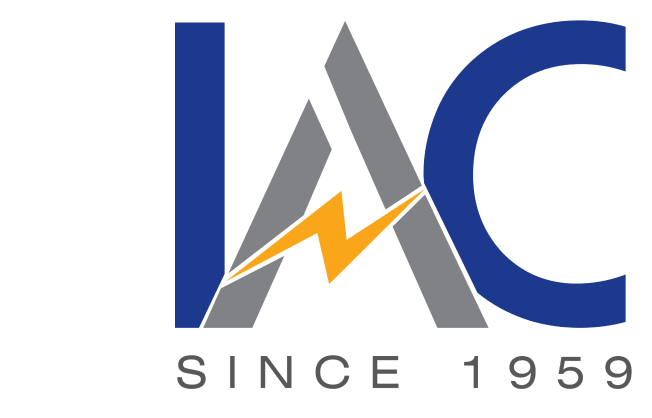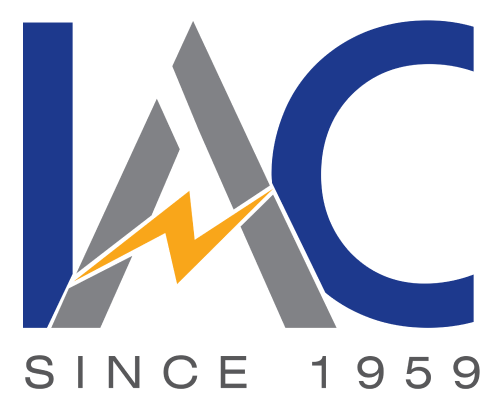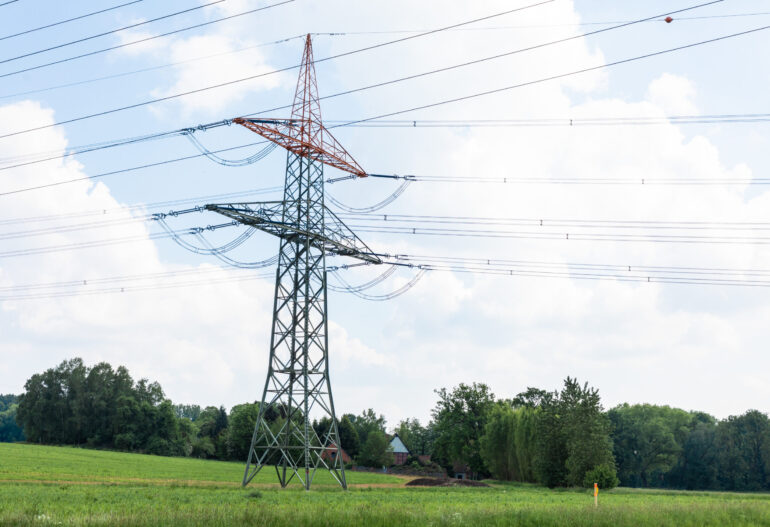What is a Power Cable?
An electrical power cable is employed for transmitting and distributing electrical energy, comprising two or more electrical conductors connected with an outer sheath. This type of cable is utilized in scenarios where overhead lines are not feasible, such as in marine environments or airfield crossings, especially for the transmission of extra high voltages.
However, it’s worth noting that underground cables are more expensive than their aerial counterparts for the same voltage. Here, IAC Electricals is presenting a significant drawback in their widespread adoption.
Power Cable: The Feature of Construction
The primary components of a power cable include the conductor, dielectric, and sheath. The conductor serves as the pathway for the current, facilitating its flow. The dielectric, or insulation, is designed to withstand the service voltage, ensuring the isolation of the conductor from other objects.
Meanwhile, the sheath serves as a protective barrier, preventing the entry of moisture and safeguarding the cable against external factors such as chemical or electrochemical threats, as well as fire. The subsequent sections delve into a comprehensive exploration of the key constituents of electrical power cables.
1. Conductor
Copper and aluminum wires are chosen as conductor materials for cables due to their exceptional electrical conductivity. Power cables are typically constructed using solid or multiple bare wires composed of either copper or aluminum.
In the case of conductors with more than three wires, a specific arrangement is followed. The wires are organized around a central wire, with six in the first layer, twelve in the second, eighteen in the third, and so forth.
The number of wires in these conductors can be 7, 19, 37, 61, 91, and so on. Conductor sizes are denoted as 7/A, 19/B, 37/C, etc., where the first figure indicates the number of strands, and the second figure (A, B, C, etc.) represents the diameters in centimeters or millimeters of the individual wires in the conductors.
2. Insulation
Impregnated paper, butyl rubber, polyvinyl chloride (PVC) cable, polyethylene, and cross-linked polyethylene are commonly employed dielectrics in power cables. Among these, paper-insulated cables are often favored due to their high current carrying capacity, reliability, and extended lifespan. The dielectric compound chosen for cables should possess specific characteristics:
- High insulation resistance is a crucial requirement.
- The dielectric should exhibit high dielectric strength to prevent leakage current.
- Mechanical strength is essential for the material.
- Capable of functioning effectively at elevated temperatures.
- Low thermal resistance is preferred.
- Maintaining a low power factor is advantageous.
For cables deployed in submarine and damp soil environments, synthetic dielectrics such as polyvinyl chloride and polyethylene are recommended. These materials are lighter, feature nonmigratory dielectrics, and offer good dielectric strength, low power loss, and low thermal resistance.
3. Inner Sheath
It is employed to shield the cable from moisture, which could impact its insulation. The cable sheath, composed of a lead alloy, possesses the strength to endure the internal pressures in pressurized cables. The inner sheath material must be nonmagnetic.
An aluminum sheath is utilized in power cables due to its cost-effectiveness, lighter weight, and superior mechanical strength compared to a lead sheath. In oil-filled and telephone cables, a corrugated seamless aluminum sheath is preferred for its improved bending properties, reduced thickness, and lighter weight.
4. Protective Covering
Cables with lead sheaths, when placed directly on the ground, are susceptible to corrosion and electrolyte damage. To safeguard against this, layers of fibrous materials such as paper or hessian, along with a waterproof compound or polyvinyl chloride, are employed to protect the cables. These layers of fibrous material, treated with a waterproofing agent and applied externally to the electrical cable, are referred to as serving.
The process of armouring involves the application of layers of galvanized steel wires or two layers of metal tape over the sheath to protect against mechanical damage. Steel wires are commonly chosen for armouring due to their high longitudinal strength.
In addition to mechanical protection, armouring serves the purpose of grounding the cable. In the event of a cable fault caused by insulation failure, the fault current is directed through the armor, effectively earthing the cable.
5. OverSheath
It provides the cables with structural robustness, safeguarding them against various forms of harm such as moisture, corrosion, dirt, dust, and more. The outer sheath is crafted from either thermosetting or thermoplastic materials.
Final Words
Power cables are essential components in electrical systems, designed with key features to ensure optimal performance. With materials like lead alloy or aluminum sheaths, they resist moisture, maintain insulation, and withstand internal pressures.
These cables, known for their cost-effectiveness and mechanical strength, play a crucial role in powering diverse applications. If you are searching for the best option of electrical architecture, IAC Electricals, insulator fittings manufacturers India is here to offer you all types of electrical installation and electrical accessories.






